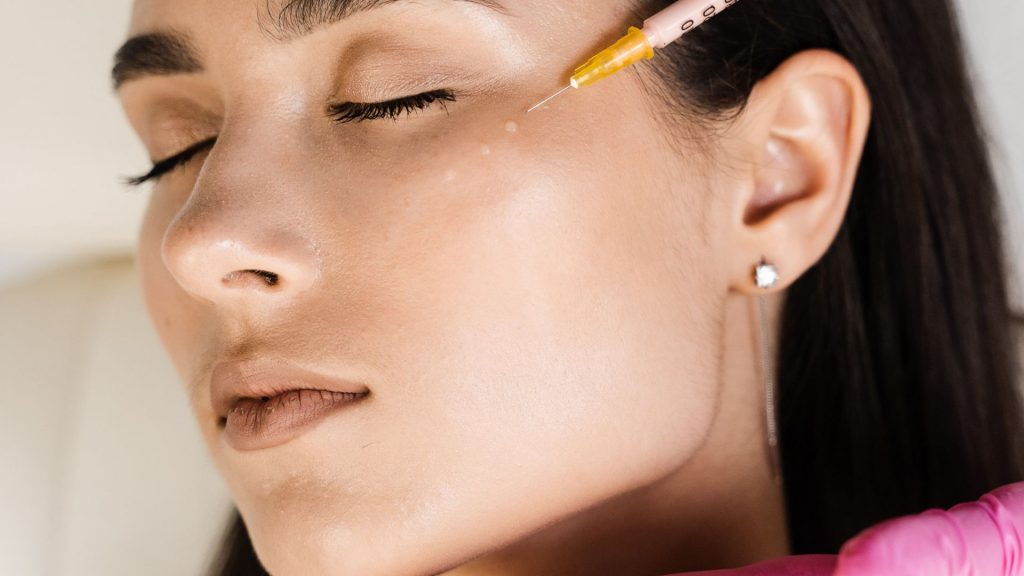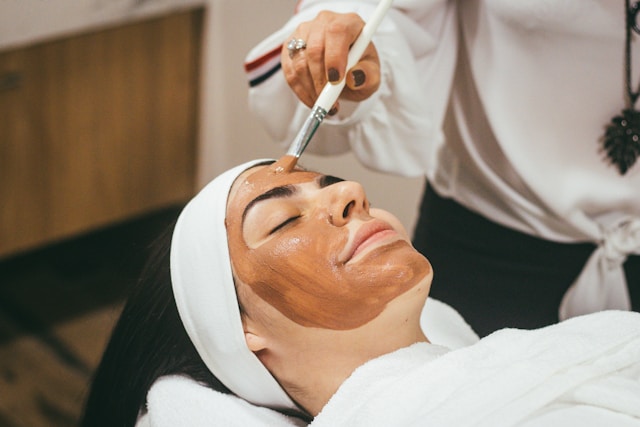
With the ever-growing focus on self-care and personal wellness, facial rejuvenation continues to grow in popularity. Many individuals are eager to refresh their appearance, but the choice between non-surgical and surgical methods isn’t always straightforward. Each approach has its benefits and challenges, making it crucial for you to understand which one aligns with your personal goals and lifestyle.
Non-surgical options, such as injectables, laser treatments, and advanced therapies like BodyTite and Celluma Light Therapy, offer less invasive pathways to a youthful look. They promise quicker recovery and reduced risks. In contrast, surgical procedures like facelifts, rhinoplasty, and cheek implants deliver more dramatic results and lasting effects, appealing to those ready for a more significant transformation.
Deciding what’s best for you hinges on understanding your unique needs and the differences between these procedures. Respected plastic surgeon, Leif Rogers, MD, F.A.C.S. discusses how arming yourself with the right knowledge can help you make a confident choice that reflects both your aspirations and comfort levels.
Understanding Facial Rejuvenation
Facial rejuvenation is increasingly popular among those looking to refresh their appearance. With evolving preferences, methods for achieving a youthful look also advance. Rejuvenation options fall into two categories: surgical and non-surgical. Surgical options offer dramatic, lasting results but require more recovery time, appealing to those seeking significant change. Non-surgical methods, such as UltraClear Laser-Coring, and hyperbaric oxygen LED light therapy, are ideal for those preferring less invasive approaches with shorter recovery periods.
Non-surgical options have surged in popularity, driven by accessibility and minimal downtime. According to recent data, Botox and dermal fillers have shown steady growth. The American Society of Plastic Surgeons reports a significant rise in minimally invasive procedures over the past decade, reflecting a trend toward convenient methods that fit busy lifestyles.
“Technological advancements continue transforming facial rejuvenation, enhancing results, and minimizing side effects,” says Doctor Leif Rogers. “Patients now enjoy more precise, tailored treatments, aligning with their unique facial structure.”
Non-Surgical Facial Rejuvenation Options
Enhancing your appearance no longer requires surgery. Non-surgical facial rejuvenation offers a fresh look with minimal recovery time and risk. Injectables, like Botox, have become essential for wrinkle management by temporarily relaxing muscles that cause lines. The procedure is swift, with results appearing in days and lasting several months. Dermal fillers work differently, adding volume beneath the skin to smooth deeper folds and restore youthful contours, targeting areas like cheeks, lips, and nasolabial folds.
Laser treatments, such as Clear & Brilliant and CO2 resurfacing, target pigmentation and fine lines while stimulating collagen production. For skin texture improvements, Celluma Light Therapy and microneedling are excellent options, addressing fine lines and scars with minimal downtime. BodyTite, a minimally invasive body contouring treatment, further expands the possibilities of non-surgical enhancements by reducing fat and tightening skin.
To support optimal healing, hyperbaric oxygen LED light therapy accelerates recovery and enhances overall skin rejuvenation.
Surgical Facial Rejuvenation Options
When non-surgical approaches are not enough to achieve your desired results, surgical facial rejuvenation can offer transformative outcomes. These procedures provide profound changes, addressing deeper structural concerns to help you look more youthful and vibrant.
Facelifts and neck lifts are among the most effective surgical options for combating the visible effects of aging. Facelifts primarily focus on reducing sagging and wrinkles around the lower face and neck area. During this procedure, a surgeon carefully removes excess skin, tightens the underlying tissue, and repositions facial contours. This results in smoother skin and a more defined facial structure. Neck lifts, often performed in conjunction with facelifts, specifically target loose skin and fat under the chin and along the jawline for a streamlined appearance.
Recovery from these surgeries can take several weeks. Initially, patients may experience bruising and swelling, which gradually subsides. Although there’s downtime, the results are often long-lasting and well worth the wait for many.
The eyes and forehead are key focal points in facial expression, often showing early signs of aging. Eyelid surgery, or blepharoplasty, involves removing or repositioning excess skin and fat around the eyes. This procedure is beneficial for those experiencing droopy eyelids or under-eye bags, which can make you look tired or older than you feel. A brow lift, meanwhile, elevates sagging eyebrows and smooths forehead lines, creating an alert and refreshed appearance.
Candidates for these surgeries typically have noticeable sagging that affects their vision or facial aesthetics. Post-surgery recovery might involve temporary bruising and swelling. However, the benefits are typically a brighter, more youthful expression that can enhance self-confidence.

Factors to Consider When Choosing Between Non-Surgical and Surgical Options
Deciding on facial rejuvenation is both exciting and challenging. Whether seeking subtle changes or a dramatic overhaul, the choice between non-surgical and surgical procedures can make a significant difference in your experience and results.
One of the foremost considerations is how long you want results to last. Non-surgical treatments, like injectables and peels, provide temporary improvements. Botox, for instance, requires touch-ups every few months. Laser treatments and therapies like UltraClear Laser-Coring offer modest longevity but often need multiple sessions for optimal results.
Notes Dr. Rogers, “Surgical options provide more enduring outcomes.”
A facelift can yield results that persist for up to a decade with proper maintenance. Surgical changes to the skin and underlying structures mean less frequent interventions. If you seek long-term changes, surgical methods might better align with your goals.
Recovery time can be a deciding factor. Non-surgical options typically involve minimal downtime, allowing most people to return to their routines quickly. Laser treatments and peels may require a few days for skin sensitivity or redness to subside, but less recovery time than surgery is needed. Consulting with qualified professionals is crucial.
“This decision should be made carefully, with expert insight to assess what fits your circumstances and aesthetic goals,” says Dr. Rogers.
A seasoned plastic surgeon or dermatologist can assess your skin type, facial structure, and overall health, providing tailored recommendations. Whether you lean towards non-surgical or surgical rejuvenation, the goal is to feel confident and satisfied. Embracing expert guidance and aligning your choice with your desires and lifestyle leads to the most suitable path.





